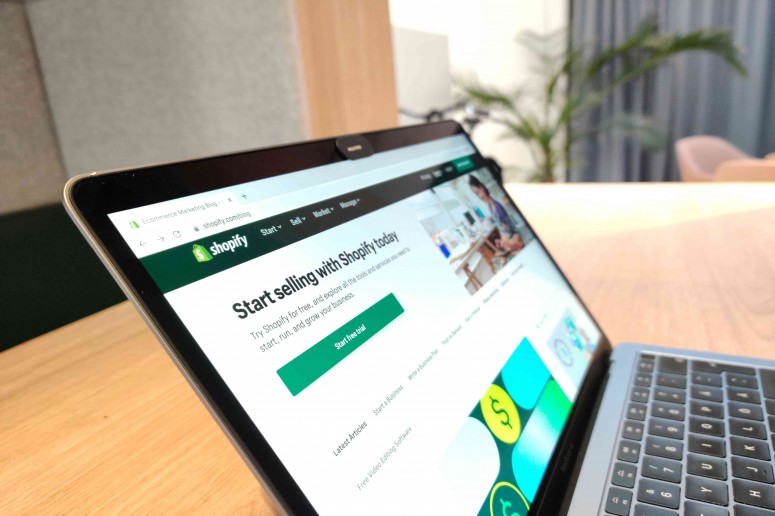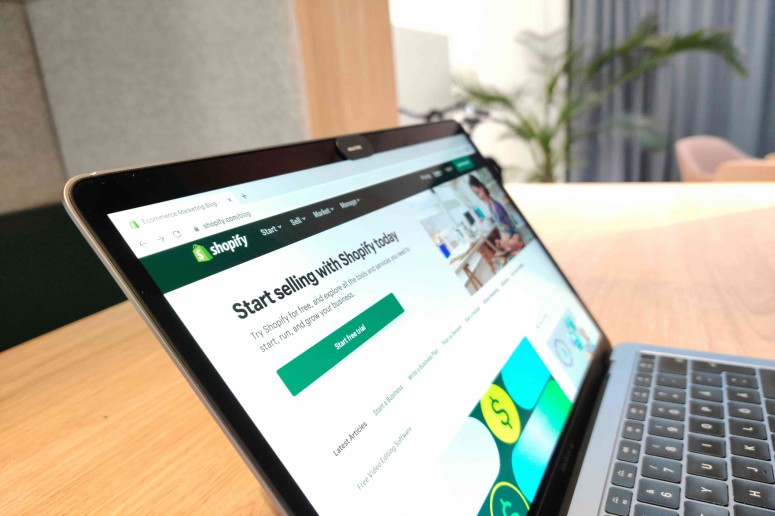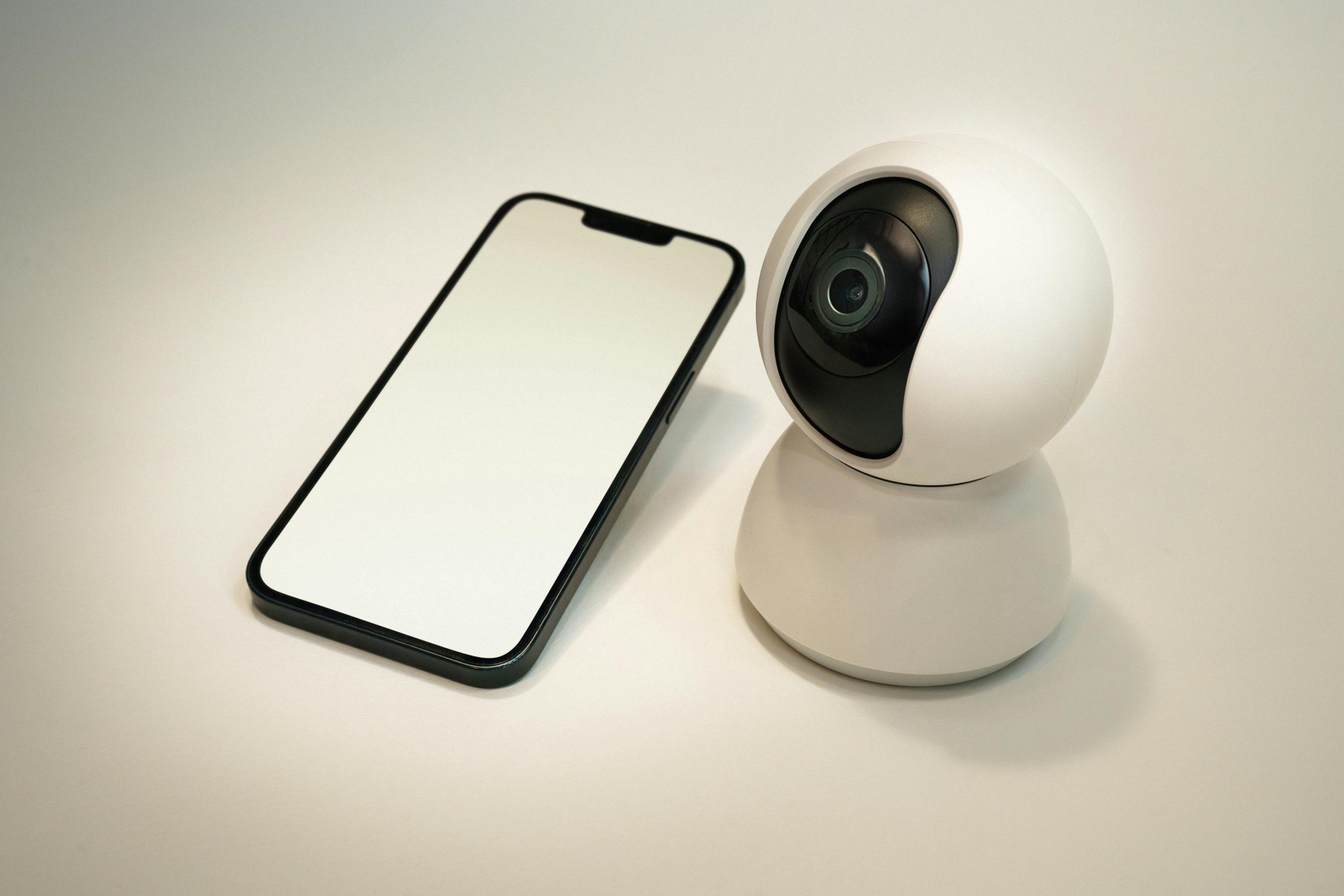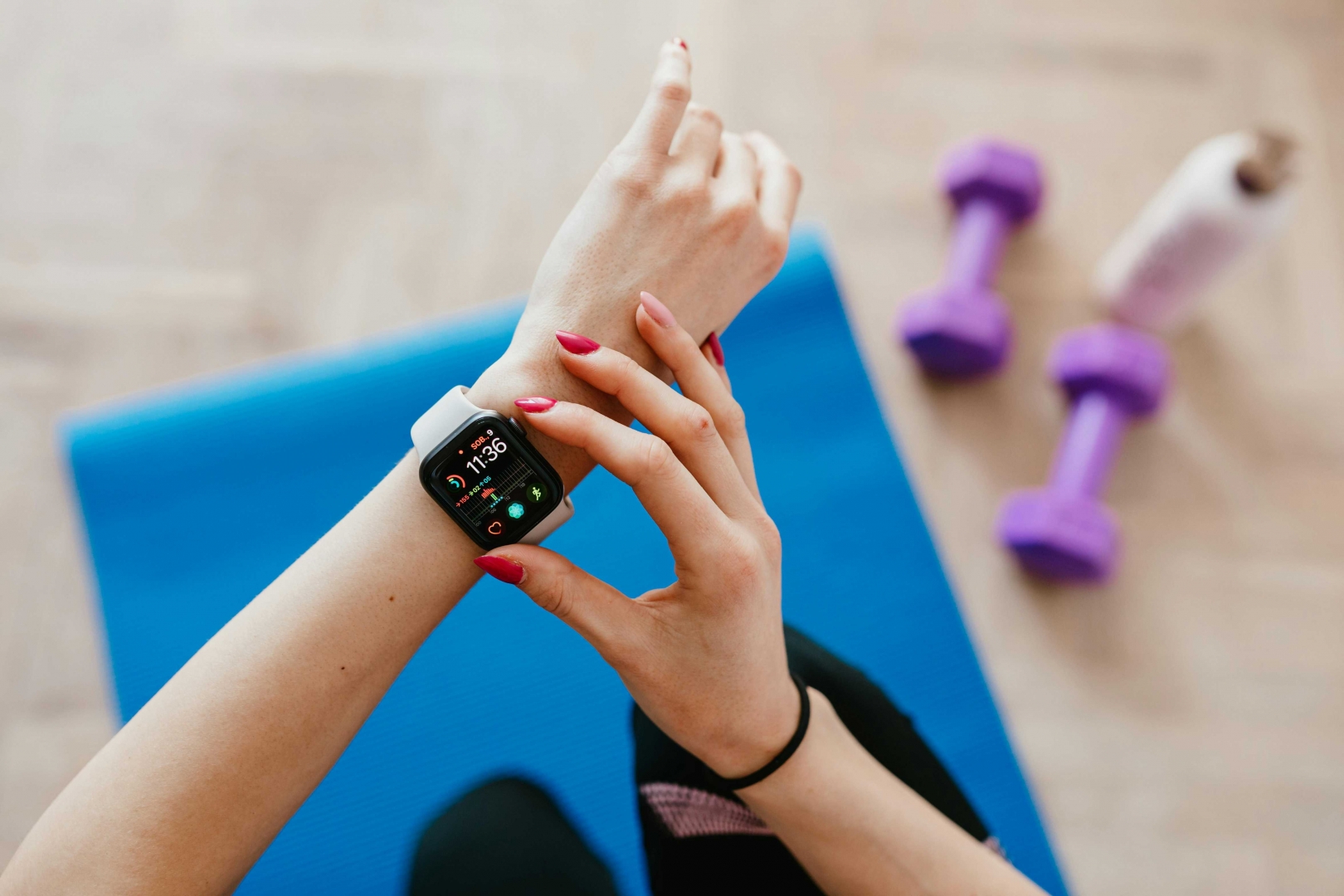How to Get iMessage on Windows?
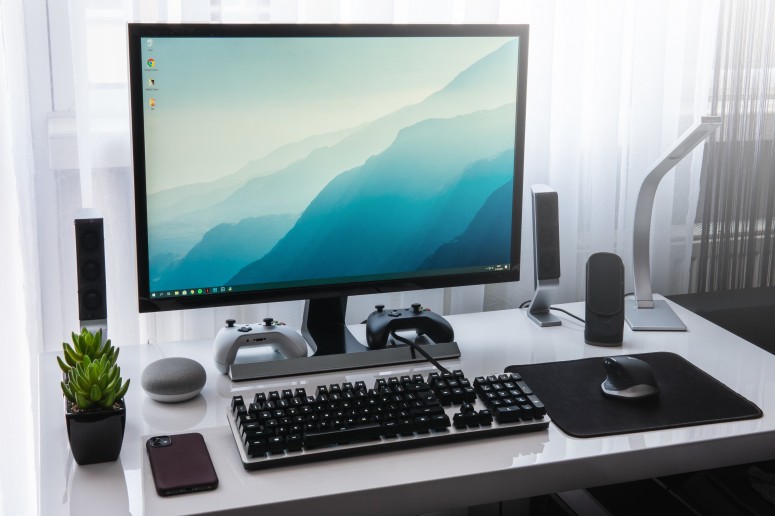
Trending
"Are you tired of being left out of the iMessage frenzy just because you use a Windows PC? Don't worry, we've got your back!
In this post, we'll show you how to bring Apple's popular messaging app to your Windows device.
From downloading third-party emulators to using remote access solutions, we have all the tips and tricks you need to get iMessage up and running on your PC.
So get ready to join the iMessaging party!"
What is iMessage?
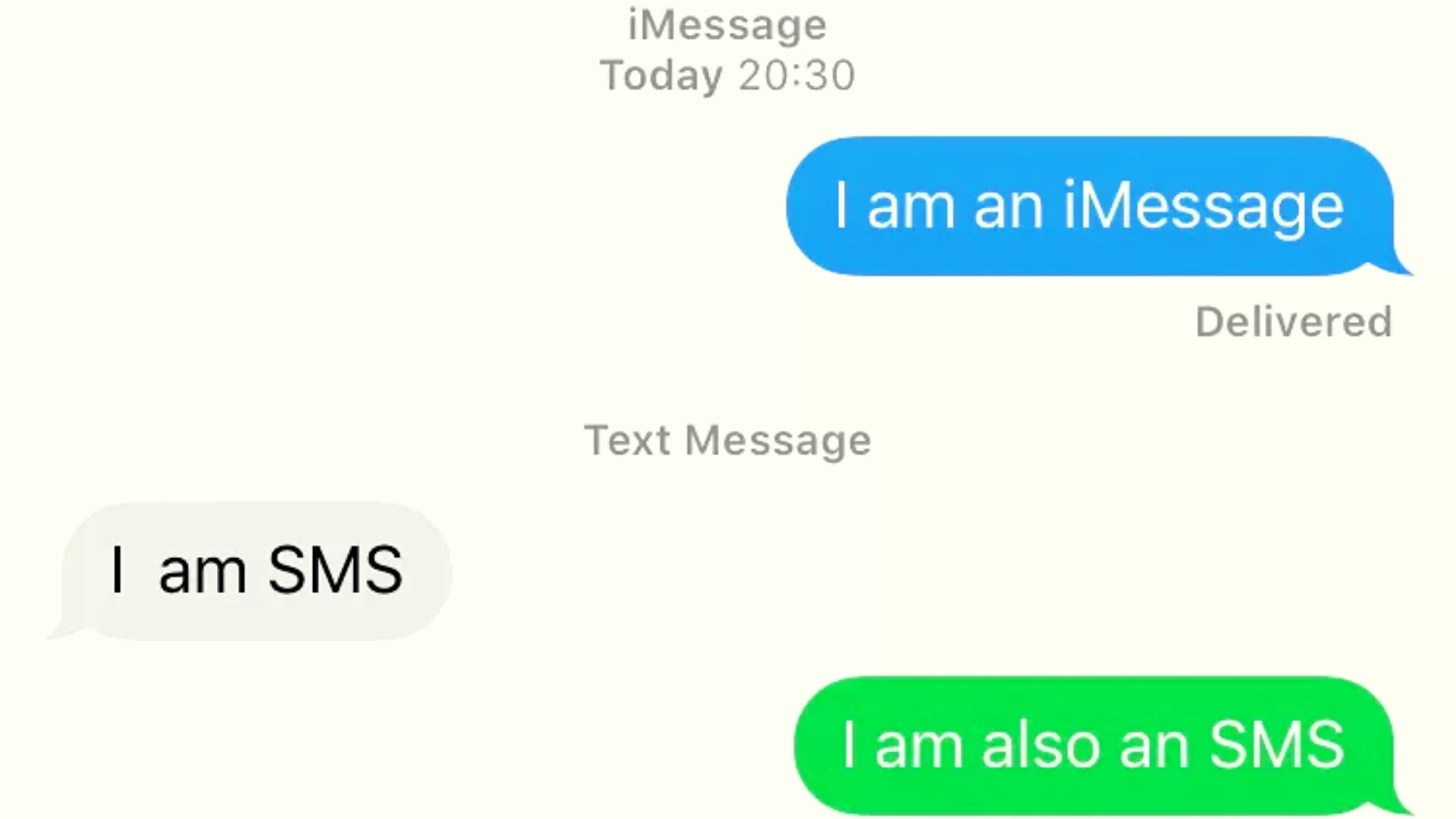
iMessage is a messaging service that allows users to send and receive text messages, as well as share photos, videos, and other files, with other iMessage users. It was first introduced in 2011 by Apple Inc. as a way for iPhone users to communicate with each other without having to use SMS (short message service) or MMS (multimedia messaging service).
While iMessage does use the same data network as SMS and MMS, it uses a different protocol which allows for some additional features, such as the ability to see when someone has read your message, or whether or not they are typing a response. iMessage also offers end-to-end encryption, meaning that only the sender and receiver of a message can see its contents.
How to Use iMessage Online?
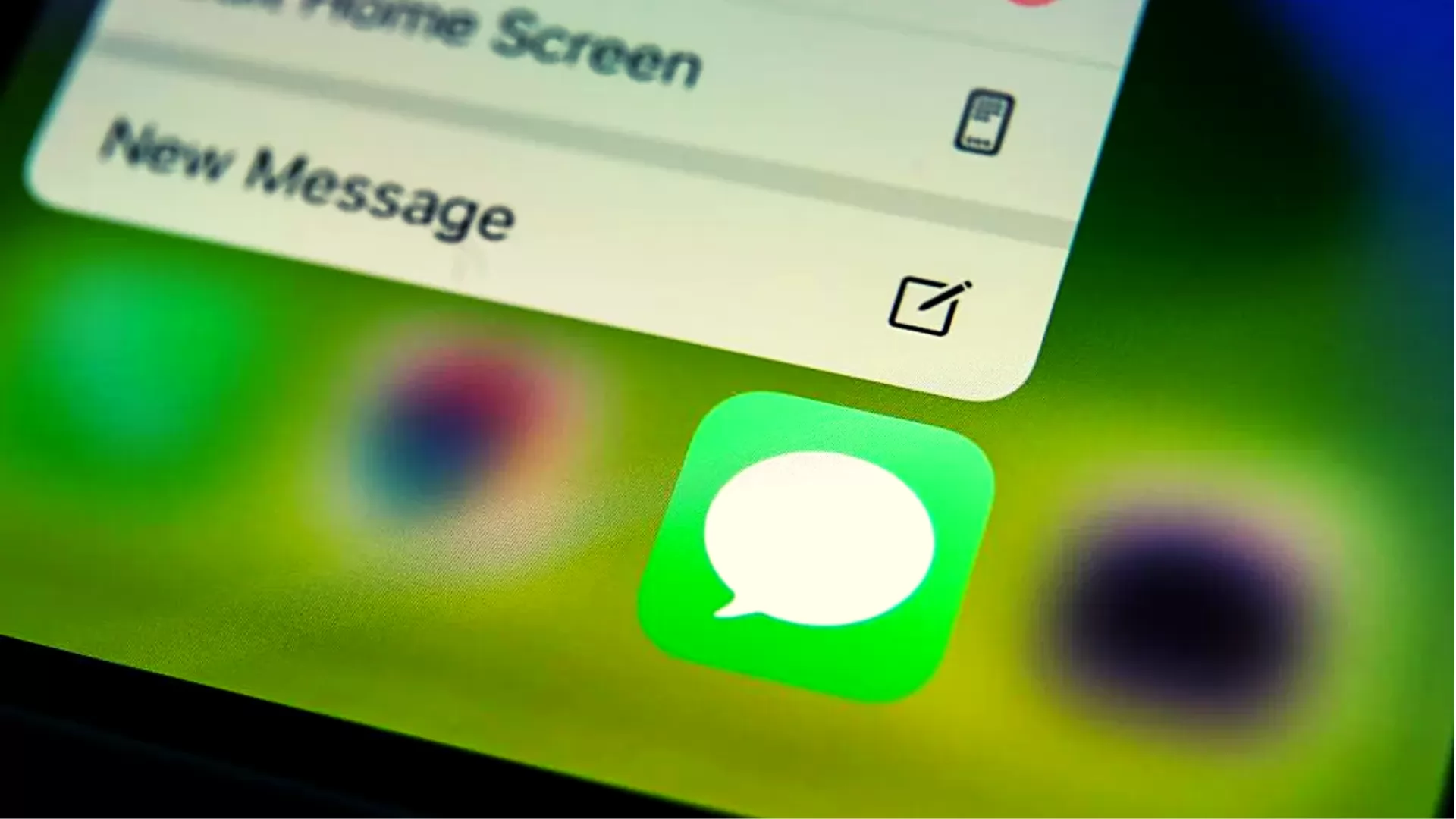
If you're using an iPhone, you can use iMessage to send and receive text messages, pictures, videos, and more with other iPhone users over Wi-Fi.
To use iMessage online, you need to have an iPhone with a data plan. If you don't have one, you can use a friend's or family member's iPhone. Just make sure that they don't mind if you use their data!
Once you have an iPhone with a data plan, open the Messages app and sign in with your Apple ID. Then, tap the Compose button to start a new message. To add someone to your message, tap the Add button , then type in the person's phone number or email address.
You can also add people to your message by tapping the plus sign next to their name in your Contacts list. When you're done adding people, tap the Send button .Your message will be sent over Wi-Fi using iMessage.
How to Use iMessage on Windows 10?
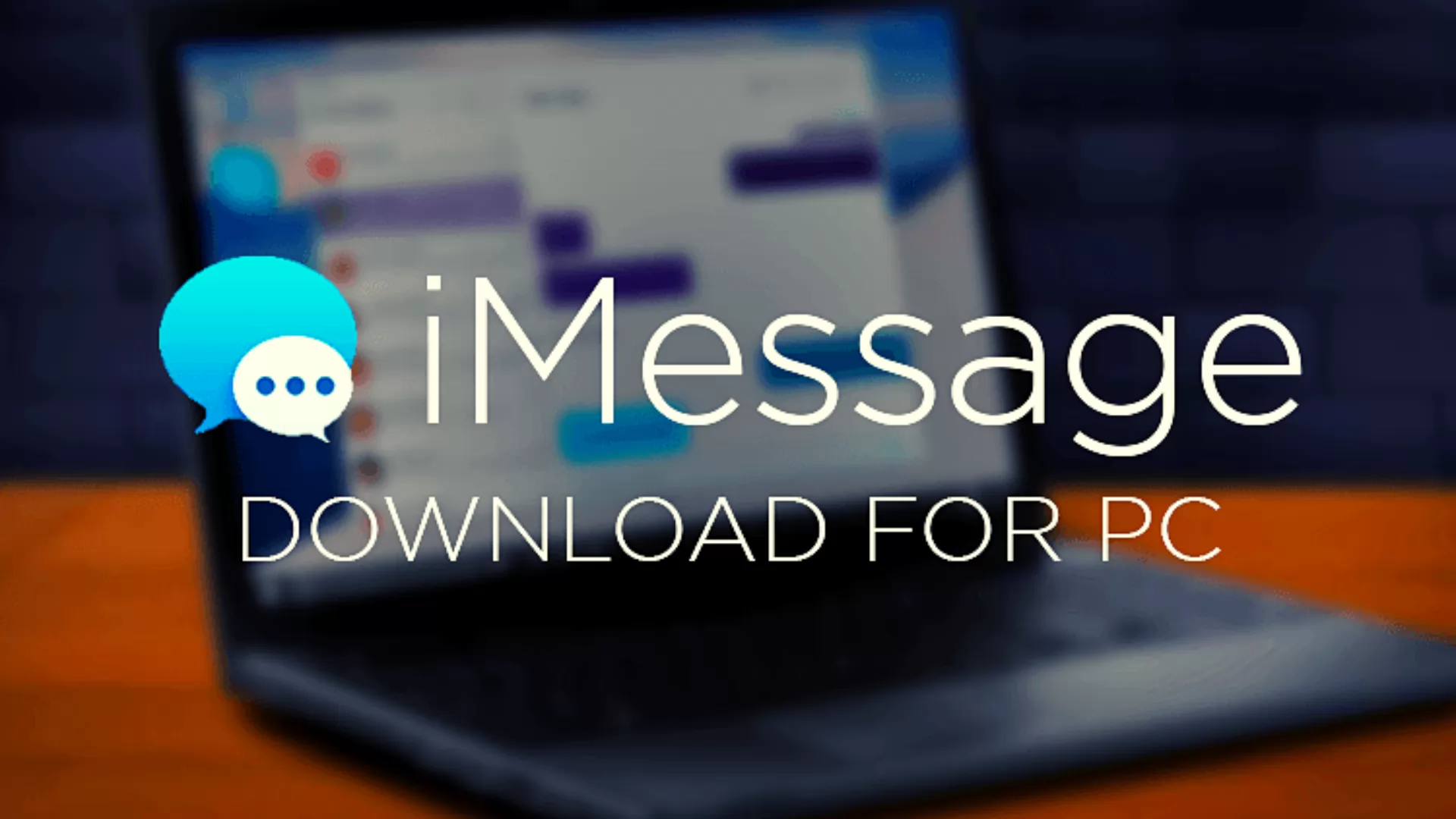
iMessage is a great way to communicate with friends and family who own Apple products, but what do you do if you don't have an iPhone or iPad? Fortunately, there are a few ways to use iMessage on Windows 10.
One way to access iMessage is through a web browser. To do this, simply head to www.icloud.com/#messages and log in with your Apple ID. Once you're logged in, you'll be able to send and receive messages just like you would on your iPhone or iPad.
Another way to use iMessage on Windows 10 is by using a third-party app like imo or ezTalks Cloud Meeting. These apps allow you to sign in with your Apple ID and access all of your conversations. They also come with additional features like group chat and video call support.
Finally, if you have an iPhone or iPad running iOS 11 or later, you can use the built-in Messages app to send and receive iMessages on your Windows 10 PC. To do this, simply open the Messages app and sign in with your Apple ID. Then, head to the Settings tab and select Accounts. From there, select Add Account and choose iCloud from the list of options. Enter your iCloud credentials and turn on the toggle for Messages. Once that's done, you'll be able to see all of your conversations on your PC just as you would on your iPhone or iPad.
How to Use iMessage on Windows with an Android Phone?
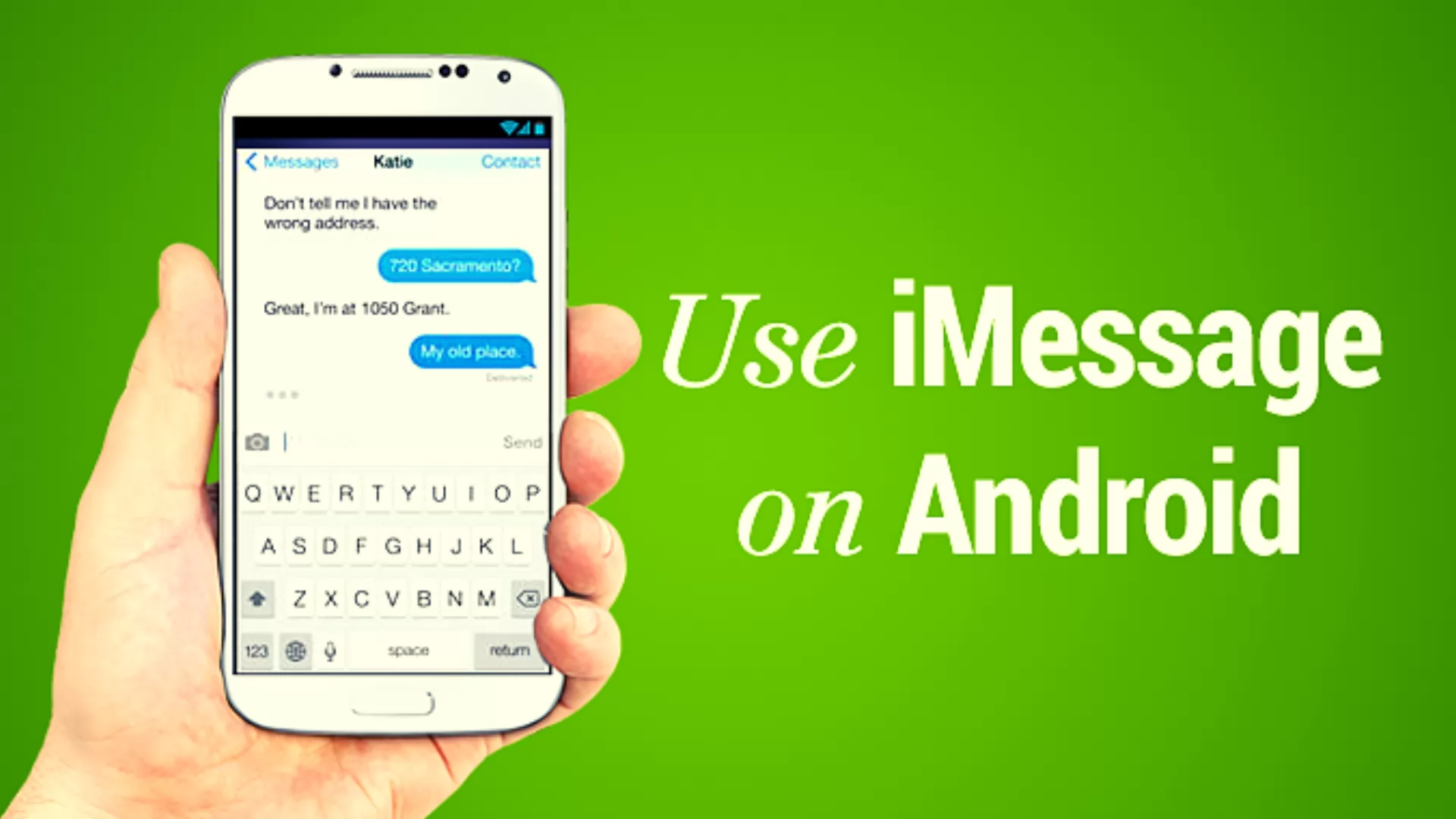
If you're one of the many people who use an Android phone but also have to interface with Apple products, you know the pain of not being able to use iMessage. Luckily, there are a few workarounds that will let you get your iMessage fix on Windows. Here's how:
1. Use weMessage
weMessage is an app that brings iMessage to your Android phone, and it's surprisingly well-designed and easy to use. Once you've installed the app and set up your weServer, simply open weMessage on your phone and start chatting away - it really is that simple.
2. Use AirMessage
AirMessage is another great option for getting iMessage on your Windows PC. It requires a little more set-up than weMessage - you'll need to install some software on your Mac or Linux server - but it's just as easy to use once everything is up and running.
3. Use Pushbullet
Pushbullet is an all-in-one messaging solution that includes iMessage support (among other things). The setup process is a little more involved than either of the previous two options, but once you've got it all configured, you can send and receive iMessages right from your desktop.
Troubleshooting Tips for Using iMessage on Windows
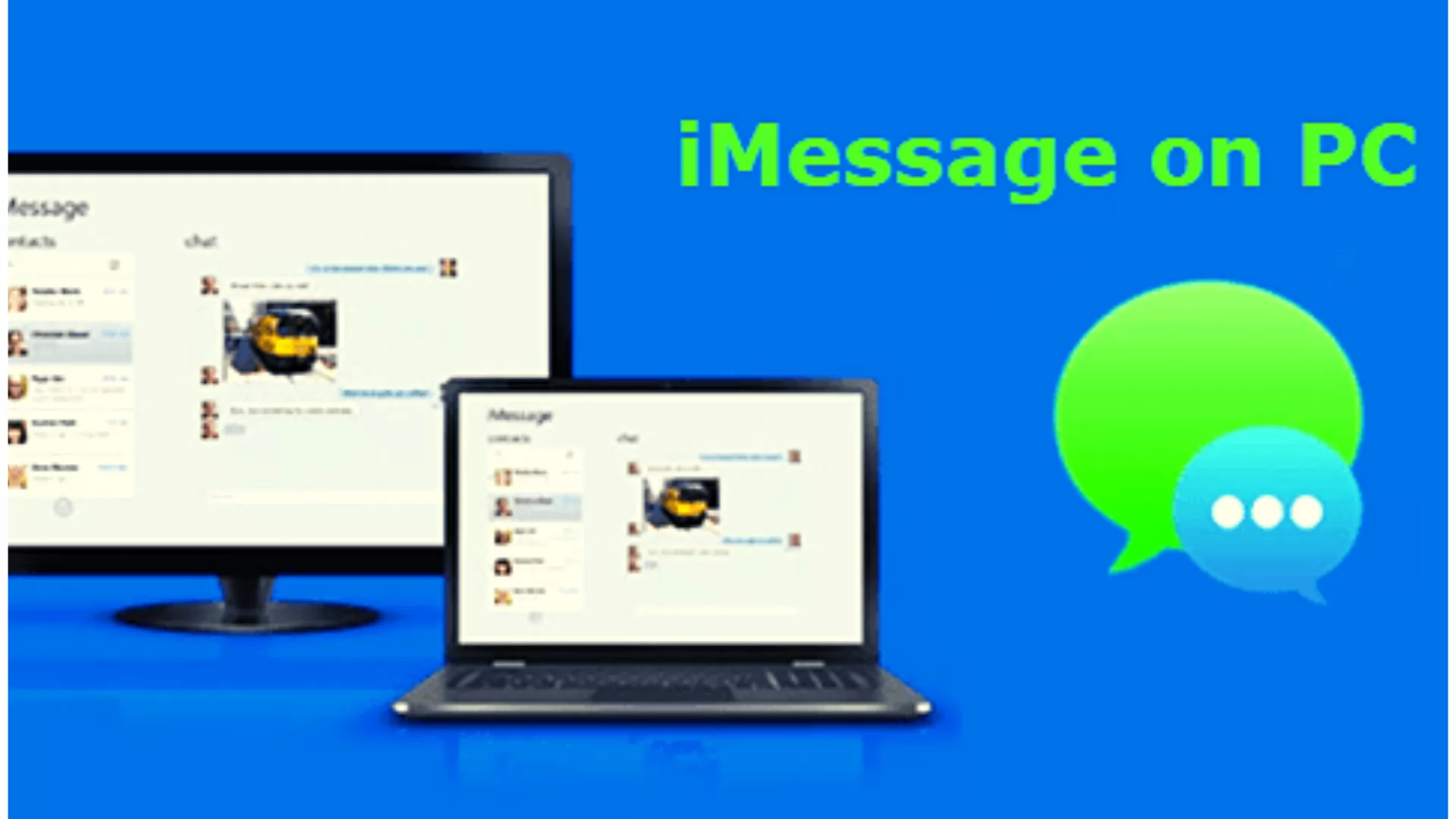
If you're having trouble using iMessage on Windows, here are a few troubleshooting tips to help you out.
- First, make sure that you have the latest version of iTunes installed on your computer. iMessage requires iTunes in order to work.
- Next, check your network connection. iMessage will not work if you're not connected to the internet.
- Lastly, make sure that you have an iPhone with an active data plan. iMessage will not work with iPod touch or iPad.
If you still need help, contact Apple support for further assistance.
Conclusion
We hope this article has helped you understand how to get iMessage on Windows. By using emulators such as Bluestacks and iPadian, you can easily access your favorite messaging app from the comfort of your computer. As long as you have a good internet connection, all messages sent through iMessage should be secure and private. With these tools in hand, you can stay connected with friends and family no matter where life takes you










